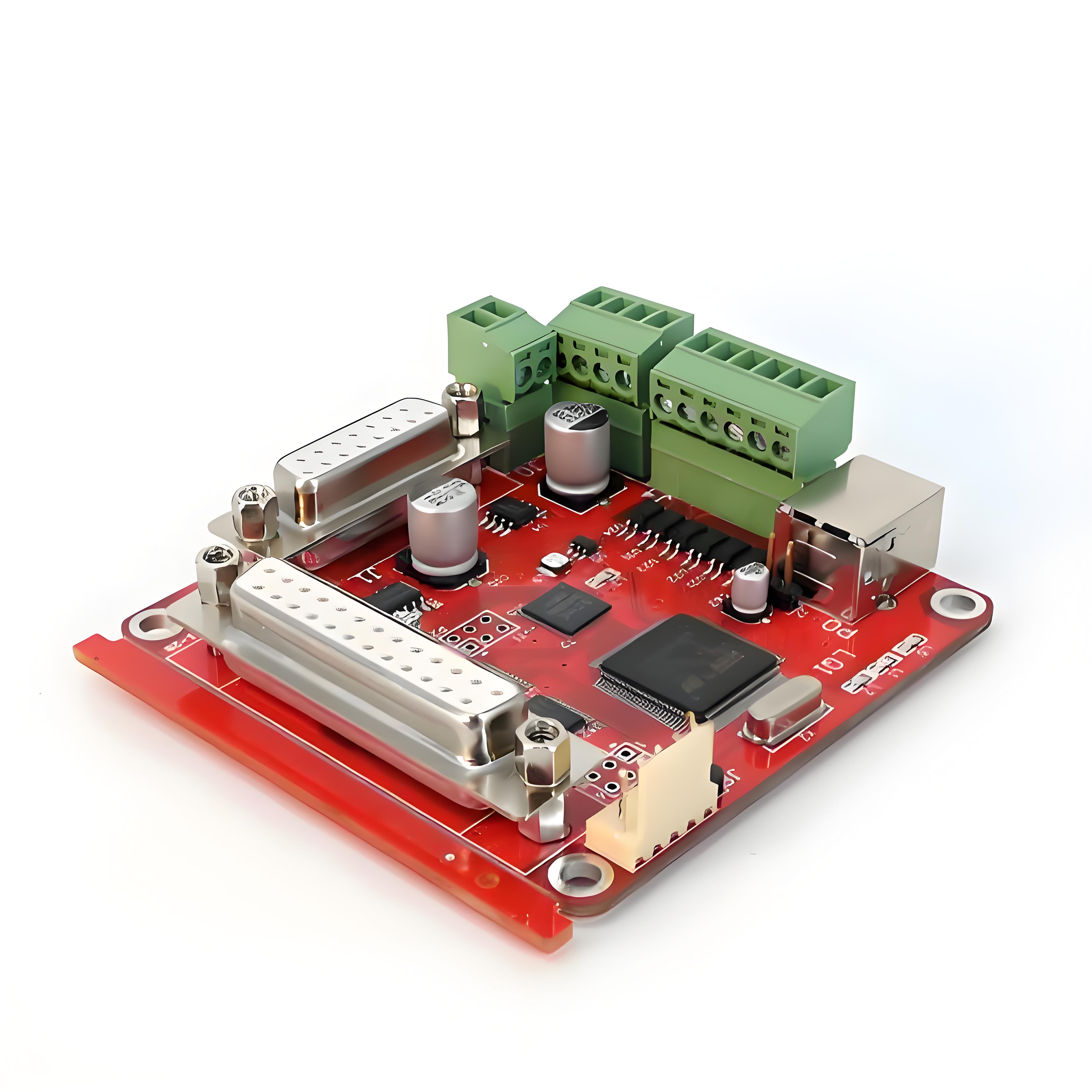How to quote pcb assembly?

Strong 8k brings an ultra-HD IPTV experience to your living room and your pocket.
In the global electronics manufacturing supply chain, PCB Assembly Quotes serve as the bridge between design and production, and are also a critical tool for cost control and supply chain management. A professional quote not only needs to accurately reflect technical parameters and production costs but also demonstrate the supplier's service capabilities and business acumen. This article will delve into the core elements, design logic, and optimisation strategies of PCB Assembly Quotes, revealing the underlying technical specifications and business negotiations.
I. Core Components of a PCB Assembly Quote
1. Technical Parameter List
The quote must clearly specify the physical characteristics and electrical performance of the PCB to avoid production deviations caused by missing information:
Board Material and Structure: FR4 Tg value, copper thickness (e.g., 1 oz/2 oz), and layer stacking structure (e.g., Top-Gnd-Power-Bottom) directly impact cost and performance.
Process Requirements: Impedance control (e.g., USB differential lines at 100Ω ±10%), surface treatment (ENIG/plated tin), and special hole sizes (e.g., 0.1mm laser holes) must be specified separately.
Testing Standards: IPC-A-600 Class 3 (industrial grade) or UL certification requirements determine the testing process and cost allocation.
2. Cost Breakdown Model
Quotations must reflect the full cost chain from raw materials to delivery, typically comprising:
Material Costs: 40%-60% of total costs, where high-frequency boards (Rogers 4350B) cost 3-5 times more than standard FR4, and each additional ounce of copper thickness increases costs by 60-90 RMB/㎡.
Processing Costs: Blind/buried via design adds 200 RMB per engineering charge, and 0.05mm line width requires LDI equipment, leading to significant cost increases.
Management Costs: NRE (non-recurring engineering) covers mould development, test fixture production, etc., typically accounting for 5%-15% of the total order value.
3. Delivery Terms
Delivery time and rush fees: Standard delivery time is 30 days, with a 10% surcharge for each day shortened, but a 48-hour rush order may double the total cost.
Panelisation strategy: Increasing utilisation from 75% to 85% can reduce material costs by 15%, but must balance with assembly efficiency.
II. Technical Specifications and Commercial Strategies for Quotation Design
1. Document Standardisation Requirements
Mandatory Documents: Gerber files (RS-274X format), BOM list (including component parameters and quantities), and drill files (including hole attributes) are all required.
Special Notes: Processes such as gold finger bevels and carbon film buttons must be clearly marked on the assembly drawing to avoid missed processing.
2. Visual Optimisation of Quotation Forms
Data Visualisation: Use comparison tables to showcase cost differences between different process options (e.g., electroplated gold vs. tin plating) to assist customer decision-making.
Risk Warnings: Use colour blocks to highlight critical risk points (e.g., ‘Impedance tolerance ±10% requires additional testing fees’) to reduce the likelihood of disputes.
3. Commercial terms design
Tiered pricing: The unit price difference between 100-piece and 1,000-piece orders reaches 30%-40%, leveraging economies of scale to enhance customer loyalty.
Payment terms: A 30% deposit + 70% balance payment is industry standard, but credit terms can be offered to long-term customers.
III. Hidden Cost Negotiations in Quotations
1. Material Substitution Traps
Copper Foil Selection: VLP (low roughness copper foil) improves signal integrity but increases costs by 20%, so actual needs must be assessed.
Ink Brand: Japanese Sun Ink is 30% more expensive than domestic brands but extends the lifespan of the solder mask layer, so cost-effectiveness must be balanced.
2. Process Compromise Risks
Downgrade Options: Replacing gold plating with tin plating can save 30% in costs, but long-term reliability decreases; the warranty period difference must be noted in the quotation.
Test Coverage: 100% flying probe testing increases labour costs by 25%, but sampling testing may result in hidden defects slipping through.
3. Supply chain volatility response
Raw material lock-in: Agree in the quotation to renegotiate prices when copper prices fluctuate by more than 5% to avoid cost risks.
Material procurement strategy: Require customers to pay a deposit for materials with long lead times (such as imported chips) to reduce capital tied up.
IV. Quotation optimisation: From cost control to value creation
1. Technical cost reduction path
Design Optimisation: Recommend that customers consolidate similar networks to reduce the number of vias (saving 0.5 yuan per board for every 1,000 vias reduced).
Standardisation Recommendations: Promote industry-standard board thickness (1.6mm) and via diameter (0.3mm) to enhance processing efficiency.
2. Service Value-Added Strategies
DFM Reports: Provide free manufacturability analysis to pre-empt design defects and reduce rework costs.
Supply Chain Collaboration: Collaborate with logistics providers to offer ‘door-to-door’ services, incorporating transportation costs into the quotation for bundled discounts.
3. Digital Tool Application
AI Quotation System: Automatically generate quotations by inputting parameters, reducing response time from 2 hours to 10 minutes.
Blockchain Evidence Storage: Upload the hash value of the quotation to the blockchain to prevent tampering and enhance transaction trust.
5. Case Study: The Negotiation of a Medical Device PCB Quotation
Background: A customer required 1,000 custom 8-layer medical PCBs with ENIG surface treatment and 0.1mm line width.
Quotation Strategy:
Cost Breakdown: Material costs account for 55% (including high-frequency substrate), and process costs account for 30% (fine line processing).
Risk Warning: Medical certification (ISO 13485) requires an additional 20,000 yuan in testing fees.
Value-Added Services: Provides a 3-year quality traceability service with an 8% premium.
Result: The customer accepted the quote and signed a long-term agreement. The supplier reduced actual costs by 12% through process optimisation.
A PCB Assembly Quote is not merely a commercial contract; it is a battleground for technical capabilities and business acumen. Through precise cost breakdown, forward-looking risk management, and value-added service design, companies can build a competitive edge in a red ocean market. In the future, as Industry 4.0 and digital transformation deepen, quotes will evolve into intelligent hubs connecting the supply chain, redefining the value distribution logic of electronic manufacturing.
Note: IndiBlogHub features both user-submitted and editorial content. We do not verify third-party contributions. Read our Disclaimer and Privacy Policyfor details.






